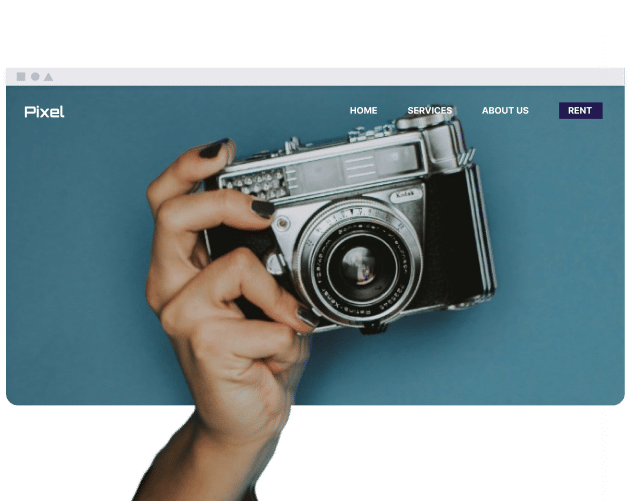Table of Contents
What kind of images should I use on my website?
The images on your website should be varied, high-quality, relevant, and optimized for web use. Be sure to always use a variety of images. For example, have a logo in your header, and relevant photos and illustrations in your content.
- File formats: Use formats that are optimized for image type and web page speed. Use JPG for photos, PNG for graphics, and GIFs for animations. WebP files are an alternative to JPG and PNG that are optimized for website load times.
- Alt text: For accessibility and search engine optimization, always include “alt text” with your images. This is a short description of your images for screen readers and search engine crawlers.
Where can I find free or affordable images for my website?
There are many free online stock image libraries. The images on these sites are mostly free to use, but be sure to review licensing terms before using them. Popular options include:
While stock images are useful, AI image generation is another option. For example, website builders like Wix and Hocoos offer AI tools for image generation and editing.
How do I make sure my images load quickly?
Using smaller images will improve loading times. Be sure to compress images, and consider alternative file types like “WebP”. Image load times are important for user experience and performance metrics.
- Basic CMS website builders: Consider using a plugin for page speed and image loading. Many website builders already have these features built-in.
- AI website builders: Advanced AI website builders like Hocoos will resize and convert images automatically.
Do I need to worry about image copyright?
Yes, always respect image copyright laws on your website. Double check you have the right to use all the images included on your site. Either use free photo libraries, paid stock photos, or images you’ve created yourself. Look for Creative Commons licenses, which allow the adaptation and distribution of images. Being aware of image copyright will prevent possible future legal issues.
Do I need professional images for my website?
No, while professional images have their benefits, they are not necessary for many businesses. Stock photos and AI image tools are enough for many websites. Still, professional photography may be necessary for more distinct, brand-aligned images. For elements like logos or infographics, consider hiring a designer. Whether you need professional images depends on the budget of your business.
Conclusion
By carefully selecting and optimizing images while respecting copyright, you’ll create a website that’s both visually stunning, and user-friendly.


